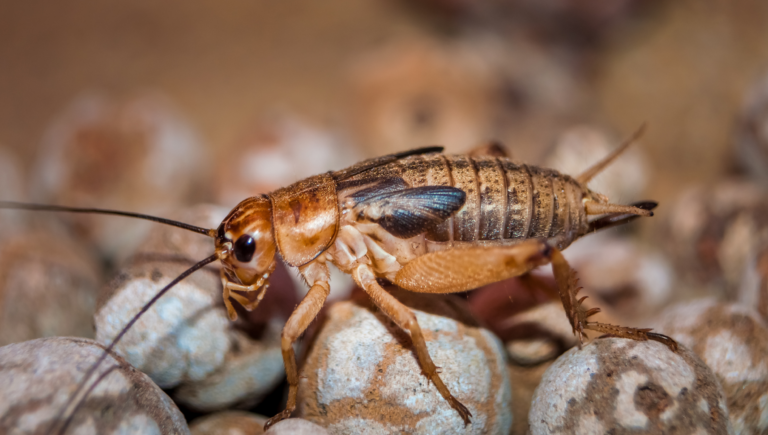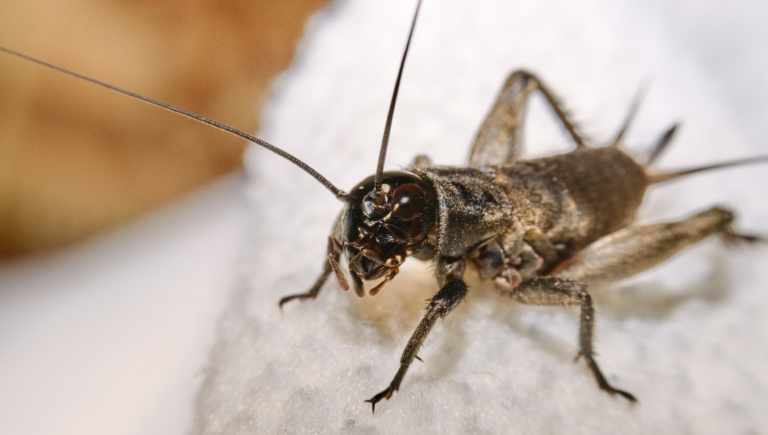HOUSE CRICKETS
Your cricket problem, Gone For Good, Guaranteed.
Request a Callback
We’ll give you a call to discuss the best pest application for you:

HOUSE CRICKETS:
___
BIOLOGY:
___
Outdoors, female house crickets lay on average of 728 eggs in protected areas. Eggs are in the overwintering stage outdoors. The eggs hatch in late spring, and nymphs reach the adult stage by late summer. House crickets in the wild have only one generation per year.

HABITS:
___
House crickets are seldom a major problem in structures as they prefer to live outside during warm weather. They move indoors when it gets colder and to find moisture. House crickets damage clothing and other fabrics including synthetics. They eat large holes in fabric as opposed to smaller holes caused by common fabric pests. Some people object to their presence and the chirping noise produced by males as they rub their wings together. Crickets are active at night, hiding in dark warm places during the day. They are attracted to lights, often by the thousands.

